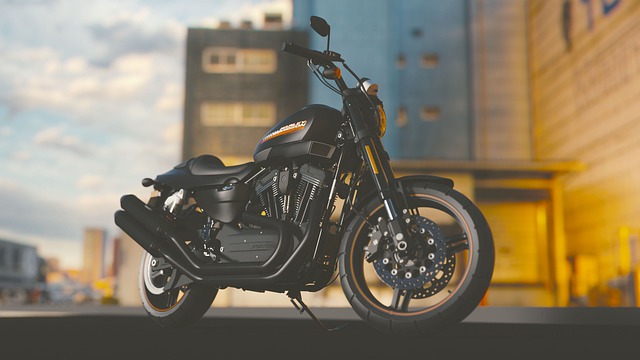Motorcycle turn signal lights help you signal to other motorists. These lights allow you to signal to the opposite lane and are DOT/SAE compliant. You can also use your hand signaling to make other motorists aware that you are turning. Using your hand signaling adds another level of visibility to other drivers, but it’s not always universally accepted.
Help you avoid road rage and make other drivers aware of your presence
The most crucial motorcycle features are turn signal lights, which allow you to indicate your intended turn to other vehicles easily. These lights help you avoid road rage and make other drivers aware of your presence.
LED Turn Signals are sleek, increasing riders’ conspicuity to other road users. Their unique, light pipe-style outer ring adds an elegant look, while their center LED elements flash in an eye-catching signal. Another advantage of LED Turn Signals is their plug-and-play installation. They can be installed on most motorcycles.
LED turn signals are more durable than conventional motorcycle turn signals. They are also energy-efficient and last longer than standard bulbs. LED turn signals also draw less electricity and are waterproof. In addition, they are easier to install. Most of them can be purchased at significant motorcycle dealers, and you can also shop for them online.
Motorcycles are required by law to have turn signal lights. In most states, a motorcycle must have one headlight, a taillight, turn signal lights, brake lights, and rear reflectors. Moreover, it should have a registration plate light.
Hand signaling adds another layer of visibility to other road users
Hand signaling is a good way to warn other drivers of upcoming movements. It can prevent accidents and injuries. Drivers should extend their arms out the window, with fingers pointing downward and palms facing rearward. It allows other drivers to see when the driver is slowing down or halting and gives them time to react. You may check Purpose Built Moto to get the best one for you!
A motorist should also ensure that their vehicle’s lights are functioning. Most light bulbs only last between 14 to 42 months, so checking all lights before driving is essential. Moreover, cyclists should wear reflective gear and carry a light on their person to make themselves visible to other motorists.
Hand signaling is also essential for cyclists. Bicycles lack turn signals and brake lights, so cyclists use hand signals to communicate their intentions to other drivers. Motorcyclists use hand signals to indicate slowing down, changing lanes or stopping. As a result, improper signaling accounts for as many as twenty to thirty percent of rear-end accidents.
Increasing your visibility while cycling helps to prevent accidents and injuries. It can help avoid collisions by allowing other drivers to avoid you. During the day, use your emergency flashers and hand signals to alert other drivers to your presence. You may need to pull off the road if you need to, but it is always better to be safe than sorry.
State law requires turn signals on motorcycles
Motorcycles also must have a brake light and a registration plate light. It is necessary in case of lane changes and turning. The wiring for the turn signals must be located in the front or rear of the motorcycle. It may also be found below the seat, where the tailpiece sits.
Keeping your distance while riding is one of the most important things you can do. Motorcyclists must be vigilant when riding, as even minor accidents can lead to deadly accidents. Following the law will reduce the chance of an accident and help other road users stay safe.
Motorcycles can be hit by cars without signaling. This is because motorcycles are smaller than regular cars and can easily fit into a small space on the road. It is also unlawful for two motorcycles to share the same parking spot. However, some parking lots have dedicated areas for motorcycles.
Motorcyclists should also pay attention to the rules surrounding lane splitting. Lane splitting is an illegal practice in Texas. Motorcycles are not allowed to move between lanes of traffic, even when it is safe. If caught lane splitting, you will receive a ticket or be fined.
Motorcycles must also have proper safety gear. Motorcyclists must wear helmets that meet the Federal Motor Vehicle Safety Standard no. 218.

